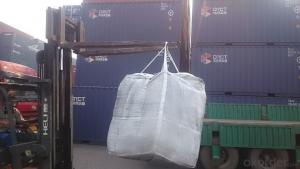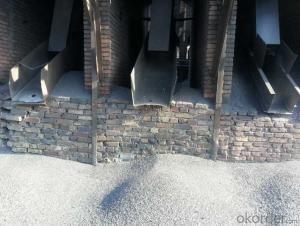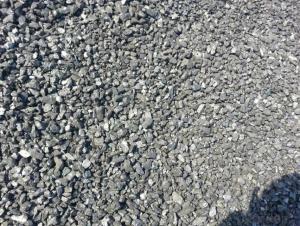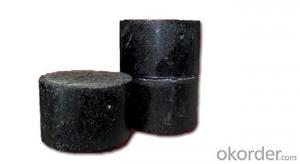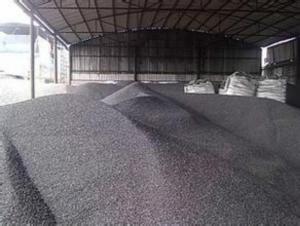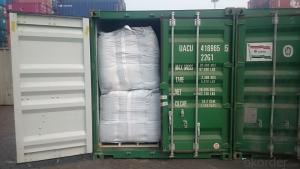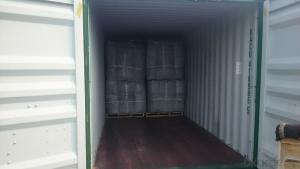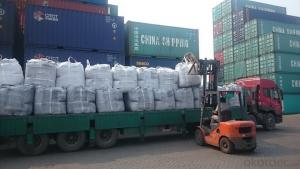GPC with lower Sulphur0.03% max in Low VM with steday quality
- Loading Port:
- Tianjin
- Payment Terms:
- TT OR LC
- Min Order Qty:
- 21 m.t.
- Supply Capability:
- 5000 m.t./month
OKorder Service Pledge
OKorder Financial Service
You Might Also Like
Introduction:
GPC has good characteristics with low ash, low resistivity, low sulphur, high carbon and high density. It is the best material for high quality carbon products. It is used as carbon additive in steel industry or fuel.
Features:
1.Our strong team provide you reliable service that make you feel purchasing is more easier
2. We ensure that we can supply capability with competitive price.
3. Work strictly to guarantee product quality,
4. Highest standard of integrity. Guarantee customer's benefit.
5. Supplying Pet Coke, Met coke, Foundry Coke, Carbon Raiser etc.
Specifications:
F.C.% | 95MIN | 94MIN | 93MIN | 92MIN | 90MIN | 85MIN | 84MIN |
ASH % | 4MAX | 5MAX | 6 MAX | 6.5MAX | 8.5MAX | 12MAX | 13MAX |
V.M.% | 1 MAX | 1MAX | 1.0MAX | 1.5MAX | 1.5MAX | 3 MAX | 3 MAX |
SULFUR % | 0.3MAX | 0.3MAX | 0.3MAX | 0.35MAX | 0.35MAX | 0.5MAX | 0.5MAX |
MOISTURE % | 0.5MAX | 0.5MAX | 0.5MAX | 0.5MAX | 0.5MAX | 1MAX | 1MAX |
Pictures
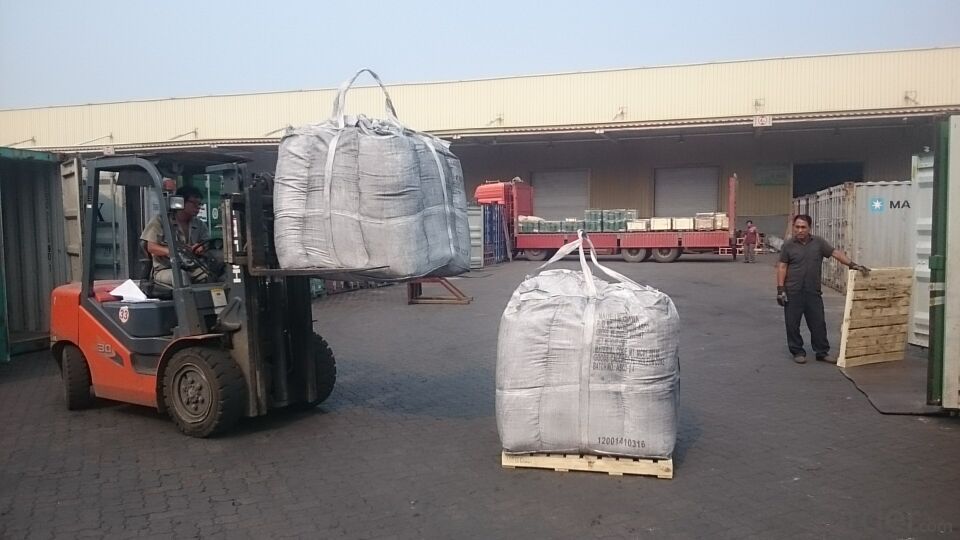
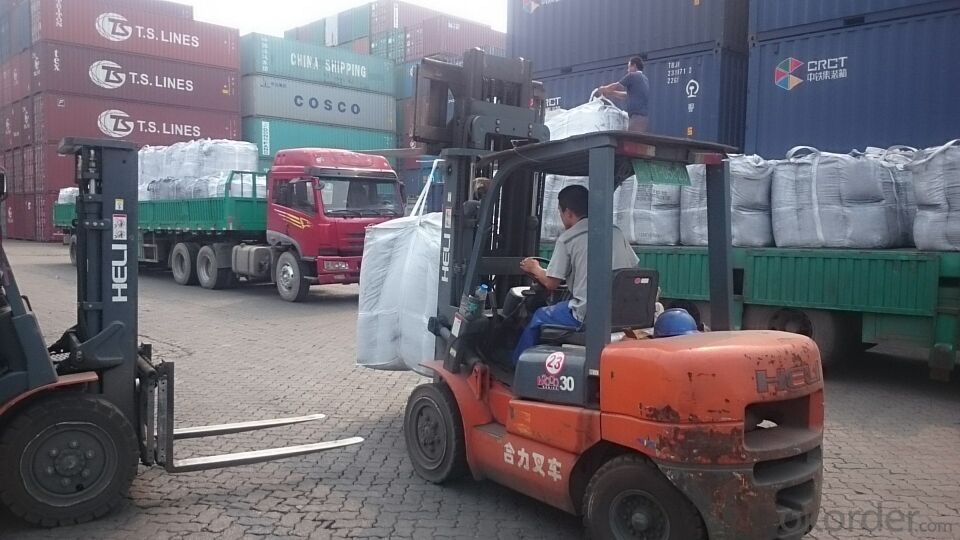
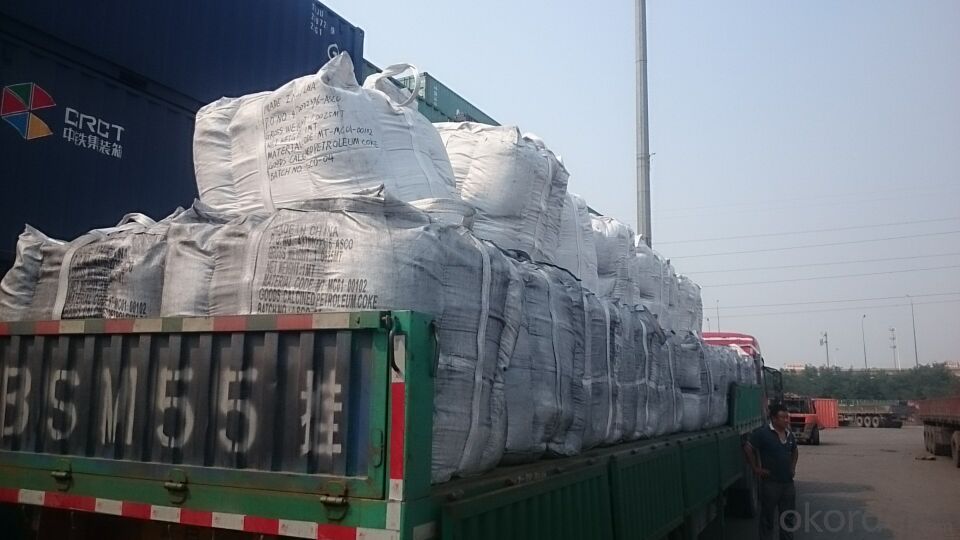
FAQ:
1. Your specification is not very suitable for us.
Please offer us specific indicators by TM or email. We will give you feedback as soon as possible.
2. When can I get the price?
We usually quote within 24 hours after getting your detailed requirements, like size, quantity etc. .
If it is an urgent order, you can call us directly.
3. Do you provide samples?
Yes, samples are available for you to check our quality.
Samples delivery time will be about 3-10 days.
4. What about the lead time for mass product?
The lead time is based on the quantity, about 7-15 days. For graphite product, apply Dual-use items license need about 15-20 working days.
5. What is your terms of delivery?
We accept FOB, CFR, CIF, EXW, etc. You can choose the most convenient way for you. Besides that,
we can also shipping by Air and Express.
6. Product packaging?
We are packed in bulk ship or in ton bag or placing in container or according to your requirements.
7. Notice
please note that the price on Alibaba is a rough price. The actual price will depends on raw materials, exchange rate wage and your order quantity .Hope to cooperation with you, thanks !
- Q: How about Zonta carbon technology
- The factory garbage to death, wages do not rise, but down, quarterly awards fell by more than half, production targets set very high, employees can not reach the goal, not to work overtime. This is a company's way of restricting employees to work overtime. And so on, the target production has been added, so never meet the requirements, overtime do not think. A large piece of employee turnover now
- Q: How can individuals reduce their carbon footprint?
- There are several actions individuals can take to reduce their carbon footprint and contribute to a more sustainable future. Here are some effective ways to achieve this: 1. Reduce energy consumption: Conserving energy is crucial in reducing carbon emissions. Switch to energy-efficient appliances, turn off lights when not in use, unplug electronics when not in use, and use natural lighting whenever possible. Additionally, adjusting thermostats to energy-saving temperatures and using programmable thermostats can significantly reduce energy consumption. 2. Use renewable energy sources: Transitioning to renewable energy sources, such as solar or wind power, can greatly reduce carbon emissions. Install solar panels on rooftops, or consider purchasing green energy from utility companies that offer renewable options. 3. Reduce water usage: Conserving water indirectly helps reduce energy consumption and carbon emissions. Fix leaky faucets, take shorter showers, install water-saving fixtures, and collect rainwater for outdoor use. Also, consider using drought-resistant landscaping to reduce water usage for gardening. 4. Consume consciously: Make sustainable choices when purchasing products. Opt for durable and long-lasting items, repair and reuse instead of replacing, and prioritize products made from recycled or sustainable materials. Additionally, support local and sustainable businesses that prioritize eco-friendly practices. 5. Minimize transportation emissions: Reduce reliance on private vehicles by opting for public transportation, carpooling, biking, or walking whenever possible. If owning a car is necessary, choose electric or hybrid vehicles. Regular maintenance, proper tire inflation, and avoiding unnecessary idling all contribute to reducing transportation emissions. 6. Adopt a plant-based diet: The food industry has a significant carbon footprint, especially due to livestock production. Reducing meat consumption or adopting a plant-based diet can greatly reduce carbon emissions and also offer health benefits. If going completely plant-based is not feasible, try incorporating more vegetarian or vegan meals into your diet. 7. Reduce waste generation: Waste contributes to greenhouse gas emissions, so reducing waste is essential. Opt for products with minimal packaging, recycle diligently, compost organic waste, and avoid single-use plastics. Reduce food waste by planning meals, buying only what is needed, and properly storing leftovers. 8. Support environmental initiatives and organizations: Engage with local and global organizations working towards environmental conservation. Participate in community clean-ups, support reforestation efforts, and advocate for sustainable practices in your workplace and community. By implementing these strategies in our daily lives, individuals can make a significant impact in reducing their carbon footprint and help combat climate change. It is important to remember that every small action matters, and collectively, we can create a sustainable future for generations to come.
- Q: What is carbon neutral manufacturing?
- Manufacturing goods while minimizing or offsetting carbon emissions is what carbon neutral manufacturing is all about. The goal is to reduce greenhouse gas emissions at every stage of the manufacturing process, from obtaining raw materials to disposing of finished products. Achieving this involves various measures, such as improving energy efficiency, utilizing renewable energy sources, implementing sustainable practices, and investing in carbon offset projects. To become carbon neutral, manufacturers typically start by conducting a comprehensive assessment of their carbon footprint. This involves identifying and quantifying all emissions generated in their operations, including both direct emissions from manufacturing processes and indirect emissions from energy sources. Once emissions are measured, manufacturers can devise strategies to decrease their carbon footprint. Common methods for achieving carbon neutrality in manufacturing include optimizing energy consumption through efficient equipment and technologies, adopting renewable energy sources like solar or wind power, and implementing waste reduction and recycling programs. Additionally, manufacturers can invest in carbon offset projects that aim to reduce or eliminate greenhouse gas emissions, such as reforestation or renewable energy initiatives. By implementing these measures and offsetting any remaining emissions, manufacturers can achieve carbon neutrality. This not only helps combat climate change by reducing overall carbon footprints but also demonstrates a commitment to sustainability and environmental responsibility. Carbon neutral manufacturing is an important step towards transitioning to a low-carbon economy and creating a more sustainable future.
- Q: 14 is the upper left corner of the mark, please answer a bit more detailed, thank you!
- Enter 14C, select "14", "point font" or "tool" button "superscript"".
- Q: How long will it last? 10National Day would like to do carbon baking ribs at home, how to do, how to marinate? For how long?.. Don't copy sticky posts. Now, tour TV's "eating meat" on earth is recorded in a grilled pork chop, wondering how that is done
- Use 1 tablespoons olive oil, 2 cloves of garlic, 2 tablespoons fresh Brazil, half lemon juice, 1 tablespoon Thyme, 1 jin spareribs, a little salt and black pepper method, 1. whole ribs washed, put the ingredients, marinated pork ribs 2 hours. 2., with charcoal fire roast ribs, while baking and brush ingredients, baked until golden. 3. if the oven can be placed in the oven 180C temperature, bake until golden
- Q: What is the carbon footprint?
- The carbon footprint refers to the total amount of greenhouse gases, particularly carbon dioxide (CO2), released into the atmosphere as a result of human activities. It is a measure of the impact individuals, organizations, or countries have on the environment in terms of contributing to climate change. This footprint includes direct emissions from burning fossil fuels for transportation, heating, and electricity, as well as indirect emissions from the production and transport of goods and services we consume. The carbon footprint is usually measured in units of carbon dioxide equivalent (CO2e) and is an important tool for evaluating and managing our environmental impact. By understanding and reducing our carbon footprint, we can mitigate climate change and work towards a more sustainable future.
- Q: What is carbon neutral construction?
- Carbon neutral construction refers to the process of designing, constructing, and maintaining buildings in a way that minimizes their carbon footprint and offsets any remaining emissions. This involves using sustainable materials, implementing energy-efficient systems, and utilizing renewable energy sources to achieve net-zero carbon emissions throughout the building's lifecycle.
- Q: How can carbon be stored underground?
- Carbon can be stored underground through a process called carbon capture and storage (CCS). This involves capturing carbon dioxide emissions from industrial processes or power plants, compressing it into a liquid form, and injecting it into deep underground geological formations, such as depleted oil and gas reservoirs or saline aquifers. The carbon dioxide is then trapped underground, preventing it from entering the atmosphere and contributing to climate change.
- Q: What type of carbon copy sheet can be printed on? How many copies?
- Generally 100 pages, such as:One copy of the two couplet is 50 copies.One copy of the triad is 33 copies.One copy of the quadruple is 25 copies.This is a five of the 20.
- Q: How to extinguish the charcoal fire?
- The best way is to destroy the charcoal with residual charcoal poured into the water to save half of Tietong full out dry can be reused
Send your message to us
GPC with lower Sulphur0.03% max in Low VM with steday quality
- Loading Port:
- Tianjin
- Payment Terms:
- TT OR LC
- Min Order Qty:
- 21 m.t.
- Supply Capability:
- 5000 m.t./month
OKorder Service Pledge
OKorder Financial Service
Similar products
Hot products
Hot Searches
